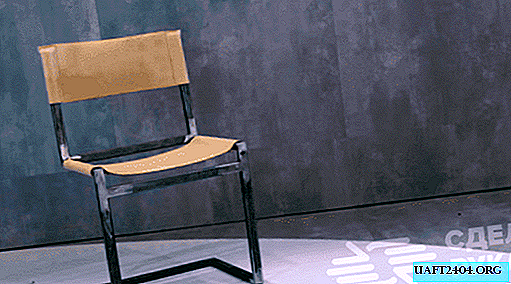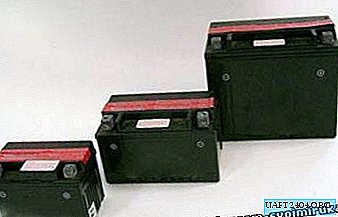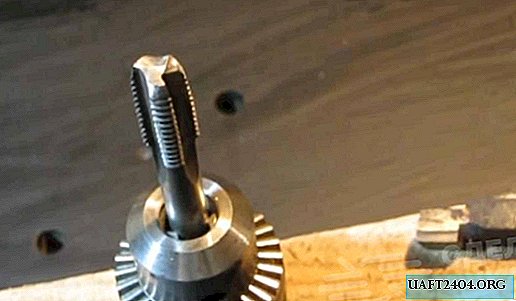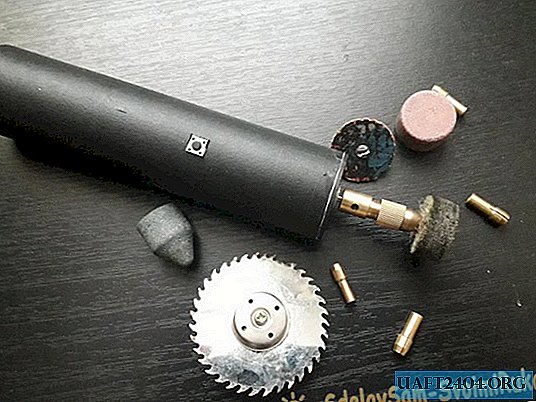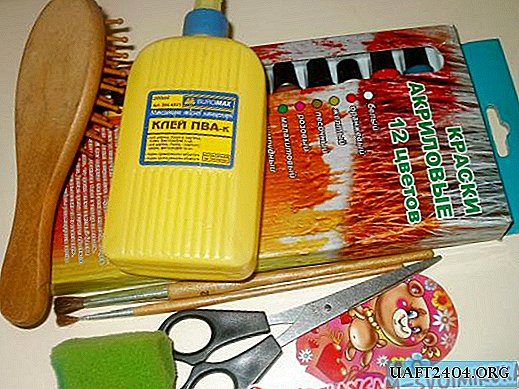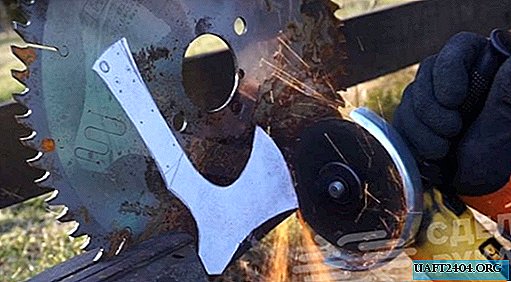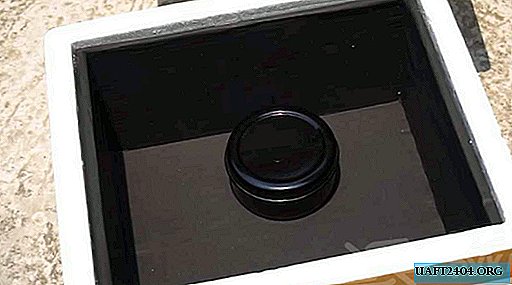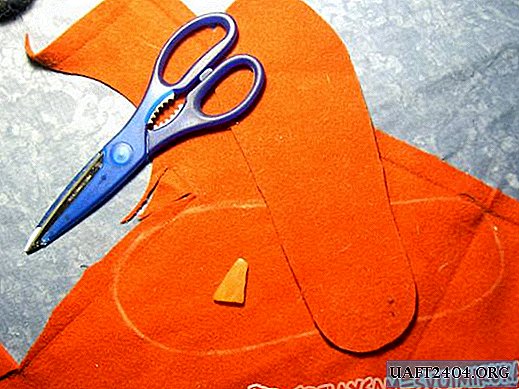Share
Pin
Tweet
Send
Share
Send
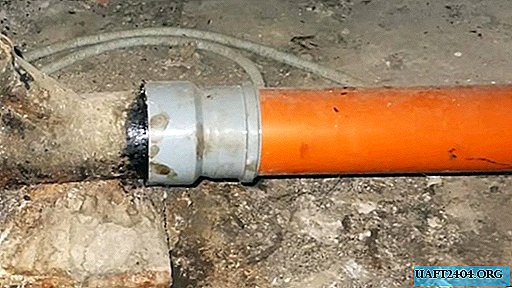
When repairing plumbing, there is a need to replace part of the sewer pipe (usually a tee). Instead of obsolete cast-iron pipes, plastic is used everywhere today. On how to correctly make a reliable transition between two different types of pipes, I will describe in detail in this article.
What you need to have on hand
- Transitional rubber cuff;
- Sanitary sealant;
- Technical petroleum jelly or silicone grease;
- Hammer;
- Flat screwdriver;
- Mounting;
- Knife and brush for metal;
- Autonomous gas burner.
Preparatory work

The process of disconnecting cast-iron pipes that have stood for more than a dozen years is best done together - the fact is that the material is quite fragile, and when a part of the sewage system that fails is disconnected, the probability of damage to an entire section of the old pipe is high.
The bell of the cast-iron sewer was treated with a special sulfur sealant and linen tow, and on top it was covered with cement mortar. The latter is easy enough to knock down, wielding with a hammer and a screwdriver, but the sulfur sealant in its consistency has become as dense as the cast-iron pipe. To extract it, you will need to heat it with a gas burner. The flame should be directed not at one point, but evenly leading along the entire connection - if the pipe is overheated from one edge, then due to atomic expansion there is a chance that a piece will break off.

At the same time, check the consistency of the sealant - if the filler becomes softer, you should immediately begin to pick it out. This is best done with the same screwdriver, clearing the junction as possible. The main thing is not to rush and perform all actions as accurately as possible.

When operating the burner indoors, provide fresh air and be sure to use protective equipment. Compliance with fire safety rules will prevent possible troubles when working with an open flame. At the same time, be prepared for the fact that you will not like the smell of the old sealant of the joints of cast-iron pipes.
Having freed the joint, if possible, begin to loosen the element to be deleted. When dismantling the tee, you can use a small lever.

Having gained access to the connecting flange, clean it with a knife and a brush for metal, removing the remnants of the old sealant, and wiping the surface dry.



If the work is carried out in an apartment building, you should prepare a plug for the pipe (bag with rags, etc.) in case someone suddenly resides on top of the neighbors decides to use the sewer system.
Installation of the transitional cuff
The most difficult part of the work was completed. Now you need to install the connecting sleeve, lubricating it and the pipe flange with a sanitary sealant.

Tap the edges of the insert with a hammer for a snug fit.

Lubricate the inside of the adapter with petroleum jelly and mount the plastic element of the sewer pipe. The nature of the work with a smaller diameter drainage system completely repeats the steps described above, only the adapter will be of a different size.

If there is no flange connection and you need to join a precisely cut iron pipe - there is nothing easier, because there are special adapters for this case. They are mounted directly on the pipe, and then a new plastic system is already mounted. Do not forget to treat the joints with sealant so as not to eliminate possible leaks later.

As you can see, the work of replacing the cast-iron sewer with a plastic pipe is devoid of insurmountable difficulties and may well be carried out independently. The main thing is to observe safety precautions during the work and to dose the applied efforts so as not to destroy the remaining cast-iron elements.
Watch the detailed video
Share
Pin
Tweet
Send
Share
Send

